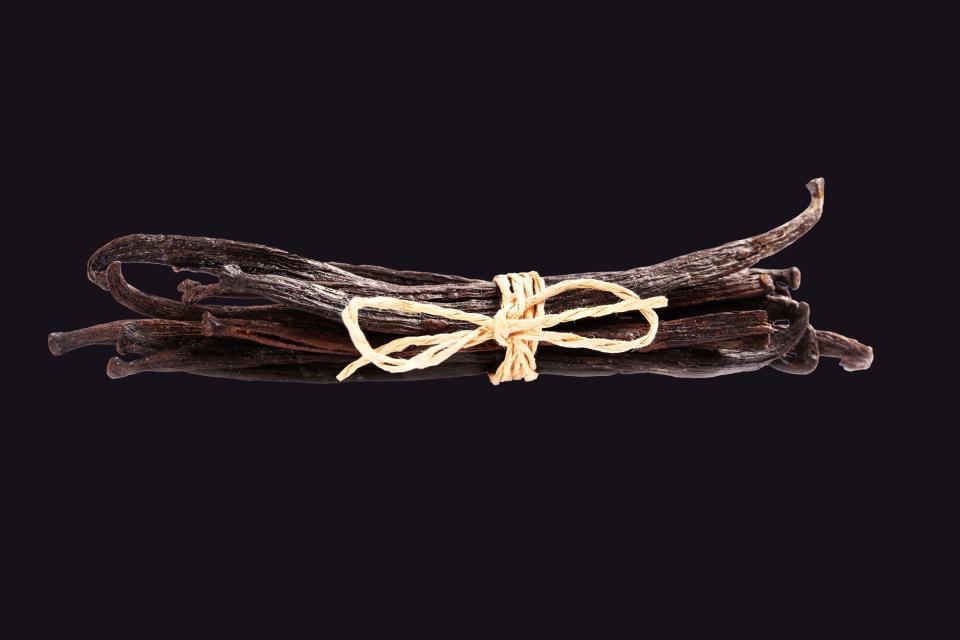Where Does Vanilla Come From?
You've likely pulled out the ubiquitous brown bottle countless times already this season, but have you ever stopped to think about where the vanilla in that extract comes from? Here we will dive into how vanilla is produced, how vanilla extract is made and where real vanilla actually comes from.
What is vanilla and where does it come from?
The wrinkled brown vanilla pods are actually the fruit of a tropical species of climbing orchid that only blooms once a year, when it must be pollinated by hand—a delicate process that requires a special tool akin to a toothpick. This hand-pollination technique, discovered by a 12-year-old boy in 1841, allowed vanilla to be cultivated in places other than its native Mexico and contributed to the spice's global popularity.

Getty Images / Liudmila Chernetska
Vanilla planifolia, the species used in most commercial vanilla production, is what you may know as Madagascar (or sometimes Bourbon) vanilla, although it's also grown in Mexico, Papua New Guinea and other equatorial countries around the globe. There's also V. tahitensis or Tahitian vanilla, and V. pompona, often found in Central and South America. They taste similar, with slight variations. The Tahitian kind, for instance, contains fewer vanillins—the compounds responsible for its flavor—giving it a more subtle vanilla taste with sweet floral notes.
Processing vanilla isn't much easier than growing it. Beans are green when picked and have to be cured, a process than can take up to two months, explains Max Jentsch, the chief operating officer of Native Vanilla, a company that grows and sells fair-trade vanilla products. "It's a long process and difficult to do," he says. "Curing incorrectly can either lead to an unusable bean or a reduction in quality and size that would make it worth significantly less." Even when everything goes well, as little as 10% of the green beans may turn into usable vanilla.
It's no wonder, then, that pure vanilla carries such a high price tag (it's the second-most expensive spice after saffron, and about the same cost ounce-for-ounce as silver). But the price can fluctuate widely, influenced by forces of nature and changing demand. In the past decade, tropical storms have battered many of Madagascar's vanilla plantations, at one point causing the price per kilo to increase tenfold. "Because there are very few places that produce it, one natural disaster can have a big impact on the supply chain," Jentsch says.
What is vanilla extract made of?
Vanilla extract is made by soaking cured vanilla beans in an alcohol solution to literally extract their flavors. The FDA states that vanilla extract must be made using at least a 35% alcohol by volume solution and at least 100 grams of vanilla bean per liter.
While climate change threatens supply, our own appetite for more natural ingredients in food products has upped demand. Most vanilla flavoring in food products—as much as 99%—comes from artificial vanillin derived from petrochemicals, wood pulp or other sources. But in 2015, Nestlé, General Mills and other major food companies vowed to remove artificial flavors (including vanillin) from their U.S.-sold products, which raised demand for the real stuff.
Growing vanilla in an environmentally responsible way that supports farmers is important to ensure the future of the crop and meet global demand, says Dan Edmiston, founder of Native Vanilla. He grew up in Papua New Guinea and has dedicated his career to supporting the communities that produce it. His company buys vanilla directly from small growers and provides sustainable farming education and other support programs. "Sustainability is absolutely important, to the land, for making a quality product and for bettering the community," he says.

